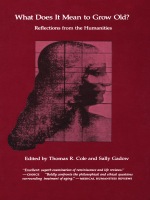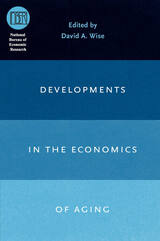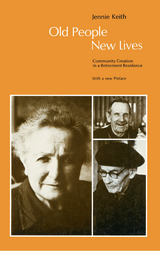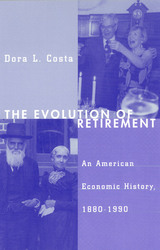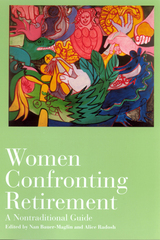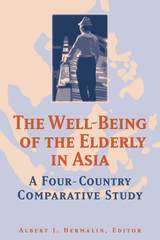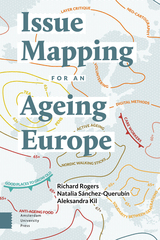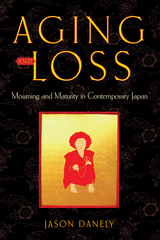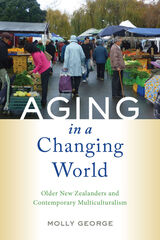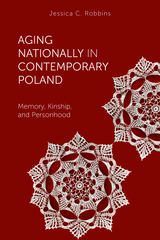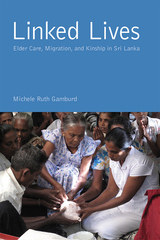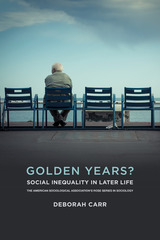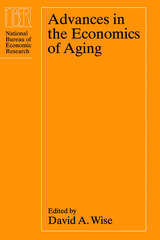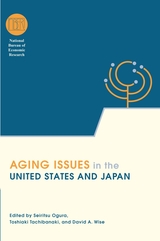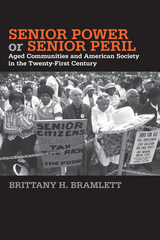History of Old Age: From Antiquity to the Renaissance
University of Chicago Press, 1990
Cloth: 978-0-226-53031-4
Library of Congress Classification HQ1064.E8M5613 1989
Dewey Decimal Classification 305.26094
Cloth: 978-0-226-53031-4
Library of Congress Classification HQ1064.E8M5613 1989
Dewey Decimal Classification 305.26094
ABOUT THIS BOOK | AUTHOR BIOGRAPHY | TOC
ABOUT THIS BOOK
History of Old Age is the first major study of the ways in which old age has been perceived in western culture throughout history. Georges Minois paints a vast fresco, starting with the first old man to relate his own story—an Egyptian scribe some 4500 years ago—and ending with the deaths of Elizabeth I and Henry IV in the sixteenth century. Tracing the changing conceptions of the nature, value, and burden of the old, Minois argues that western history during this period is marked by great fluctuation in the social and political role of the aged.
Minois shows how, in ancient Greece, the cult of youth and beauty on the one hand, and the reverence for the figure of the Homeric sage, on the other, created an ambivalent attitude toward the aged. This ambiguity appears again in the contrast between the active role that older citizens played in Roman politics and their depiction in satirical literature of the period. Christian literature in the Middle Ages also played a large part in defining society's perception of the old, both in the image of the revered holy sage and in the total condemnation of the aged sinner.
Drawing on literary texts throughout, Minois considers the interrelation of literary, religious, medical, and political factors in determining the social fate of the elderly and their relationship to society. This book will be of great interest to social and cultural historians, as well as to general readers interested in the subject of the aged in society today.
Minois shows how, in ancient Greece, the cult of youth and beauty on the one hand, and the reverence for the figure of the Homeric sage, on the other, created an ambivalent attitude toward the aged. This ambiguity appears again in the contrast between the active role that older citizens played in Roman politics and their depiction in satirical literature of the period. Christian literature in the Middle Ages also played a large part in defining society's perception of the old, both in the image of the revered holy sage and in the total condemnation of the aged sinner.
Drawing on literary texts throughout, Minois considers the interrelation of literary, religious, medical, and political factors in determining the social fate of the elderly and their relationship to society. This book will be of great interest to social and cultural historians, as well as to general readers interested in the subject of the aged in society today.
See other books on: Aged | Antiquity | Gerontology | Older people | Social structure
See other titles from University of Chicago Press

